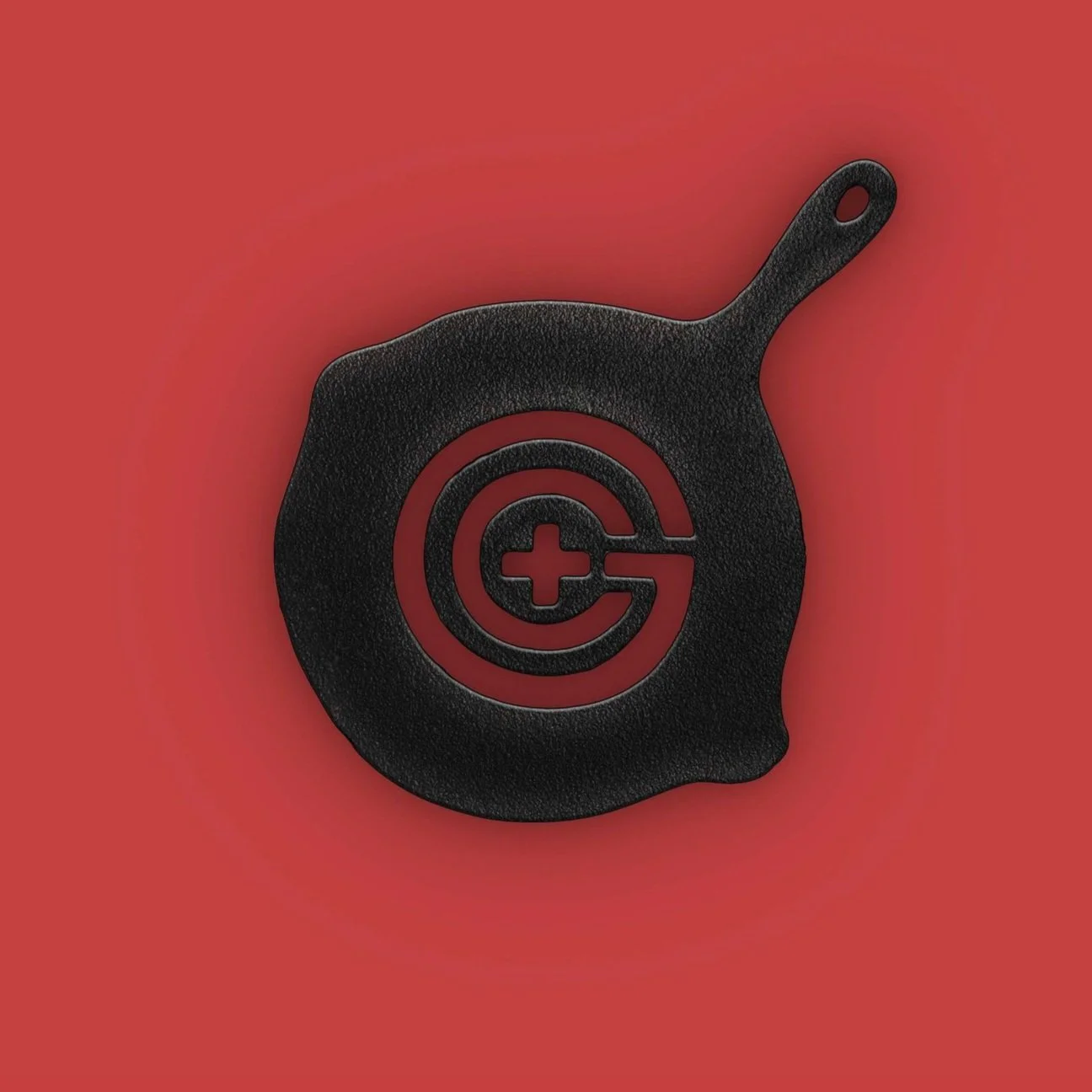GRISWOLD CORNERSTONE AWARD
Concept, Process & Strategy
How do we celebrate the restuarants that define a food culture?
The Griswold Cornerstone Award examines restaurants from a historical perspective, and recognizes the ones that have survived generations. The goal is to better understand where culinary traditions in specific regions come from, and recognize individuals that have worked to establish communities through the meals they create.
RECIPIENT CRITERIA
Still operate today, having existed in the same location for at least 50 years
Be responsible for introducing an integral meal into the city’s culture
Have meaningfully contributed to the city’s gastronomic heritage
WHERE THEY EAT TURTLE SOUP
After announcing the Griswold Cornerstone recipients, the organization publishes a special edition book that highlights each restaurant individually. "Where They Eat Turtle Soup" is the first edition, focusing on New Orleans restaurants. It includes essays and photographs that communicate unique dining experiences, and a dish they are famous for. Each restaurant begins with a print pattern derived from an aspect of the physical space.
The book serves to tell the story of the city’s food culture, as the award intended.
PRECEDENTS
WHY HISTORICAL RESTAURANT AWARD
Culinary traditions help to preserve heritage for generations. Regional resources, immigration, and circumstances contribute to the particular food heritage that exists in different cities. The Griswold Cornerstone Award recognizes restaurants in a given region that have lasted generations, whose influence and accomplishments have become precedents for other culinary endeavors.
The award serves as a judgment device. While taste and preferences can be subjective and result in various recommendation lists, creating an award that adheres to established, history-based criteria encourages consumers to consider their meals in the context of an entire gastronomic network.
WHY GRISWOLD
Founded in 1864 by Matthew Griswold in Erie, PA, Griswold was the first cast iron skillet manufacturer in the United States. This pairing of historical restaurants and a cast iron skillet company derives from a shared interest in the “longer is better” effect, a phenomenon that occurs when “people give higher evaluations for products when they have been around for a longer period of time” (Pecot, 2022). Cast iron skillets improve with time, due to polymerization where the spices and oils from cooking seep into iron and naturally season it. Restaurants that have lasted for generations have undergone recipe development, cultural changes, and renovations to create the curated dining experiences that exist today.







